Mortars "Dictator" in the battles of the North against the South
From the decree of Peter I to Russian gunners
Weapon from museums. We continue the story about the artillery pieces of the North and South that took part in the internecine war of 1861-1865. Today our story will be devoted to 330 mm mortars.
In the second half of 1861, Commander fleet northerners David D. Porter offered the command an original idea: to use 330-mm mortars installed on ships to bombard southerner forts. Actually, he did not offer anything particularly revolutionary. The so-called bombardier kechi were known long before the Civil War and were listed in almost all fleets. They differed from ordinary warships in that they had brig equipment, that is, they did not have a foremast, instead of which one or two mortars were located in a special depression of the deck. The fact is that long-barreled naval guns did not fire explosive grenades at that time. Only cast cannonballs and buckshot. But one well-aimed bomb that pierced the deck of a ship was often enough to cause a fire on it, or even an explosion of a cruise chamber.
But in this case, it really was something out of the ordinary. Firstly, these mortars were very large. Secondly, it was proposed to put them not on large sailing ships or steamers, but on shallow-draft vessels capable of passing through shallow water in front of the forts. As a result, about twenty schooners were acquired, which were equipped with one thirteen-inch mortar and two or four light cannons. The preparation of these vessels for the use of such a powerful weapon required great care. I had to fill the entire space from the deck itself to the bottom with a log cabin, so that the deck could withstand the recoil of its very heavy trunk. The fact is that the creators of this weapon are simply tired of counting whether it will withstand this or that charge, and they have laid in it a simply monstrous margin of safety. Suffice it to say that with a caliber of 330 mm, the barrel had a diameter of about four feet, its length was five feet, and this "cylinder" weighed eighteen thousand pounds; plus an iron carriage weighing about ten thousand pounds to this weight; and a support table - seven thousand pounds. That is, all this, in general, a very short gun weighed as much as sixteen or seventeen tons. The displacement of ships under these mortars varied from one hundred and sixty to two hundred and fifty tons. The crew of each schooner consisted of about forty people.
One of the ships for such a mortar was "Dan Smith" - a schooner built to transport fruits, and very fast - in fact, the best sailing ship in the fleet. The mortar on its deck looked like a huge piece of iron mounted on a turntable that rotated on rollers, and needless to say that she did not have time to leave New York, as her commander and sailors noted its roll in the wind. Moreover, a special order noted that it was impossible to throw a mortar overboard, no matter what happened: in this case, the ship would capsize. That is, it was necessary to try to carry her on an even keel, which was a rather difficult task for a sailing ship.
Out to sea, the commander of the "Dan Smith" decided to test his weapon. A charge of twenty pounds of gunpowder (8 kg of gunpowder!) Was laid in the mortar, the fuse was cut off with the expectation of detonating the bomb at a distance of four thousand yards and, taking good aim, fired. The crew, according to the manual, were instructed to "stand behind the gun on tiptoe, keeping their mouths and ears open." It crashed in a completely monstrous way. The mortar bounced on its gun carriage, and the ship tilted about ten degrees. The shock tore off almost every door from its hinges, collapsed a chest with charges, in a word, it was something that no one expected!
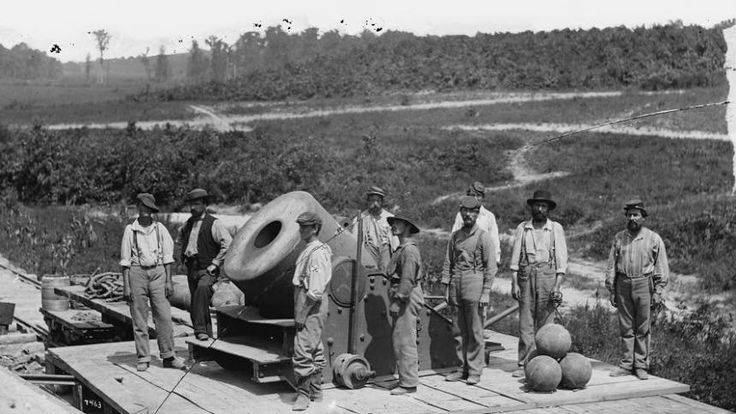
"The action of the mortar is beyond all descriptions," wrote Ferdinand H. Gerdes in his Survey of the United States Coast of the 13-Inch Mortar Damage at Fort Jackson in the Lower Mississippi in April 1862.
The 13-inch gun weighed 17 pounds and rested on a 250-pound gun carriage. With a 4500-pound charge of gunpowder and an elevation angle of 20 degrees, she could hurl her 41-pound projectile, loaded with 204 pounds of gunpowder, over 7¼ miles. This distance he flew in 2 seconds. By changing the charge of gunpowder or changing the angle of inclination, it was possible to adjust the range. The ignition tube could be cut or pierced with a special awl in the desired hole. This was how the time of its burning was regulated, and, consequently, the detonation of the released bomb.
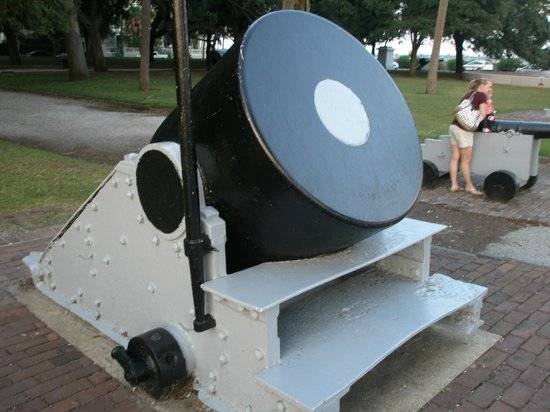
But on August 24, 1861, Major General of the Union Army John C. Fremont suggested putting these mortars on rafts in general. But not simple rafts, but specially designed and built ones. A total of thirty-eight of these rafts were built, intended to destroy the river batteries of the Confederation. Designated with numbers rather than names, these 60 by 25 feet hexagonal "ships" had low sides and chopped hulls, making them look like children's boats carved out of bark. In the middle of the deck was a casemate with sloping walls, sealed two feet above the deck to prevent water from getting inside due to strong recoil! The walls, among other things, were also armored to protect them from enemy fire. They were towed by paddle steamers, and they turned out to be cumbersome and insufficiently maneuverable.
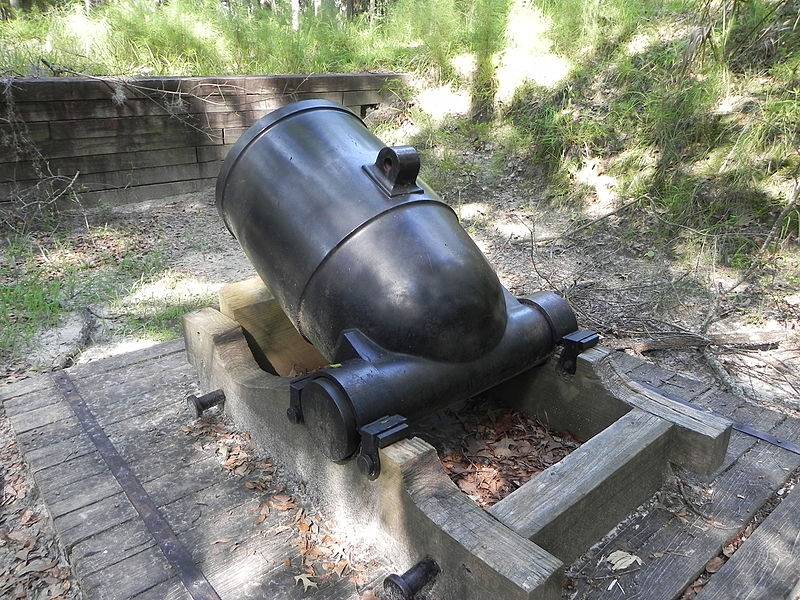
The crew of the "raft" consisted of 13 people, including the first and second captains: the first commanded the mortar, and the second - the ship. The mortar was on a turntable, which made it fairly easy to aim at the target. Having prepared the mortar for a shot, the crew retreated and got out through the iron side doors to the aft deck. The first captain tugged at a long cord attached to a friction fuse inserted into the mortar's ignition hole.
Most of the shells fired by 13-inch mortars during the war years of the North and South were bombs. That is, projectiles with a powder charge inside. The standard caliber of such a bomb was 12,67 inches. Its wall thickness varied from 2,25 to 1,95 inches. The fuse hole was 1,8 to 1,485 inches in diameter. The bomb shell weighed 197,3 pounds. It could hold up to 11 pounds of gunpowder inside, although it only took 6 pounds to detonate the shell (to shatter its hull into pieces).
To lay such a heavy projectile into the barrel, there were two "ears" on its body, into which hooks were inserted, attached to a wooden rocker. According to the 1862 guidelines, two men were required to carry one bomb from the charging box to the barrel of the mortar. By 1884, the army had become less demanding, and now four men were allowed to carry it.
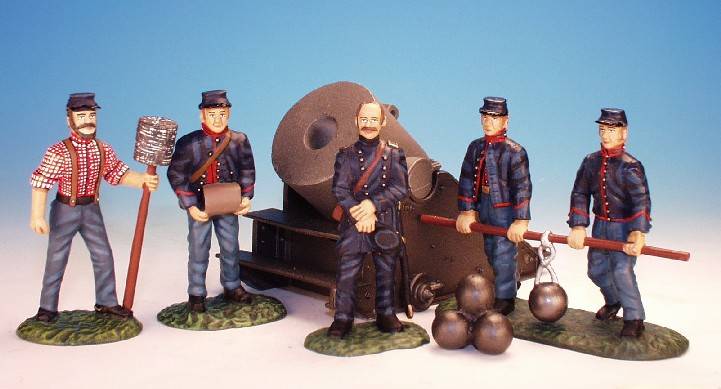
In older mortars in the breech there was a chamber of a smaller caliber than the barrel. But in the "new" mortars of the 1861 model of the year, there was no such sub-caliber chamber, and the crew put bags of gunpowder right into the barrel. Twenty pounds of gunpowder was enough for the bomb to fly the right distance.
The fuse was in the form of a tube 10,8 inches long with graduated lines, allowing you to "cut" a piece of fuse of the appropriate length, corresponding to the seconds of combustion of its composition. Obviously, longer fuses made it possible to increase the burning time and, therefore, the flight time before the bomb burst.
The igniter had to be handled carefully so as not to cause it to prematurely fire. Moreover, the fuse on the bomb loaded into the barrel always had to be directed towards the muzzle. Otherwise, the incandescent gases formed during the shot could burn the "filling" of the fuse ahead of time, which would lead to a premature explosion.
The instructions allowed the use of matches and gunpowder, just like in the good old days, so a small side was even provided for it around the ignition hole on the barrel. It was possible to set fire to the gunpowder poured there with an old pallet, and even a burning smut from a fire, but in this case, such ignition at night could open the position of the mortar to the enemy.
It also happened that the sheaf of gases from the barrel did not have time to ignite the fuse charge. Experienced gunners then did this: they left a wet mark on the surface of the bomb, leading to the fuse from the edge of the barrel, and sprinkled it with gunpowder. The powder track flared up to the very fuse, which made its ignition more reliable.
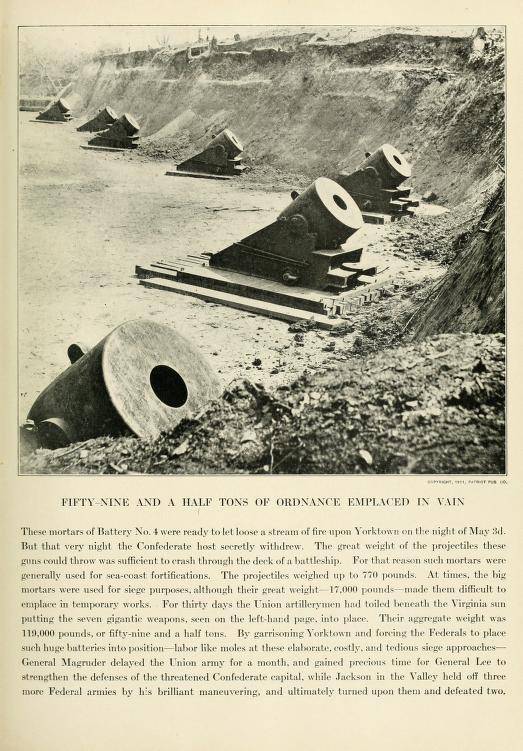
As already noted here, the fuse burned for about thirty seconds during the flight of the projectile to the maximum range. In this case, the charge was detonated several hundred feet from the ground, and its fragments flew down and to the sides at maximum speed. True, not all, because some of them simply flew into the sky. It happened that the shell burst on impact on the ground, drowned in mud or water, which mitigated the consequences of its explosion. But even this was enough for the garrison of the fired fort not to come out of hiding, and the servants could not service its guns, which stood open.
Lighting shells were also used, which had a spherical shape, but in essence they were ... a canvas bag coated with resin and stuffed with an incendiary composition. The "filling" was triggered by a standard fuse in the air, where a "fireball" that flashed over the enemy's position for some time provided their illumination.
It was the 330-mm mortars that supported the movement of the commander of the West Bay squadron, Admiral David G. Farragut, up the Mississippi. Schooners armed by them participated in the bombing of Fort Jackson, and then, towed by steamers, followed Farragut's ocean-going warships up the river and shelled Vicksburg from June 26 to July 22, 1862.
Despite a vivid description of the damage done to Fort Jackson, 13-inch mortars on ships generally fell short. Thus, 10 gunboats and 7 mortar rafts were allocated for shelling the positions of the southerners on island No. 10. Indeed, mortar bombs that fired at maximum range were able to hit the batteries on the island, the floating battery of the Confederates and five batteries on the coast of Tennessee. But due to the fact that they fired across Cape Phillips and could not see their targets, they did not achieve much success, although about 300 shells were fired.
Each mortar fired approximately one shot every ten minutes. At night, in order to give some rest to the calculations, the shooting was carried out at the speed of one shell every half hour. For six days and nights, mortars fired at the positions of the southerners, using up a total of 16 shells, almost all of them exploded in the fort without noticeable results. The problem seemed to be that they either exploded high in the air or buried themselves in soft ground, so their explosion had little effect.
The Confederates decided to set fire to the ships of the mortar battery and at night they launched fire ships along the river. But the Union gunboats managed to intercept and tow them without damaging the battery ships. And although some of the guns in Fort Jackson did suffer as a result of the shelling, the defenders of the fort continued to bravely hold their positions, and the damaged guns were able to fix them. In turn, the mortar schooner Maria J. Carlton was sunk by the return fire of the southerners on 19 April. David Porter, however, never admitted that his undertaking had failed, and argued that the mortar fire of the first day of the bombing "was the most effective of all, and if the fleet were ready to move immediately, the breakthrough could be carried out without serious difficulty. ". And in the end, Admiral Farragut ordered his squadron to go up the Mississippi past the forts, which happened on April 24.
Let's note that while the 13-inch mortars placed on ships and rafts have failed to make decisive gains in the American Civil War, there can be no doubt that the sight and sound of their shells exploding high in the dark sky , was simply amazing and had a strong psychological impact on the Confederate troops. Still, surviving the bombardment of 16 shells is a serious matter!
To be continued ...
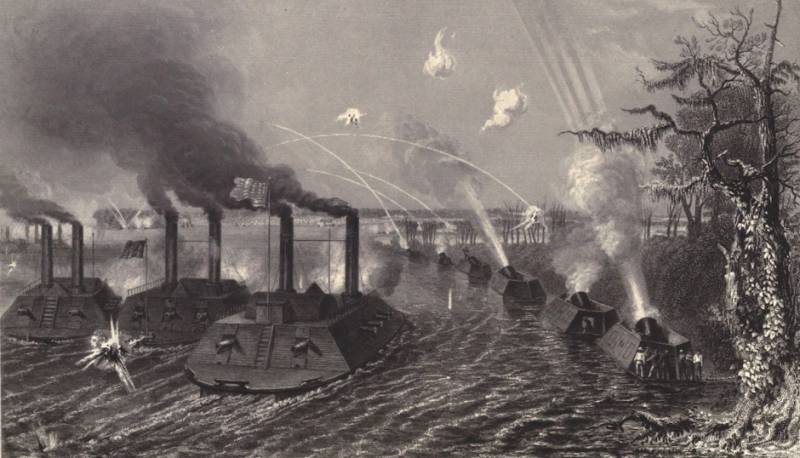
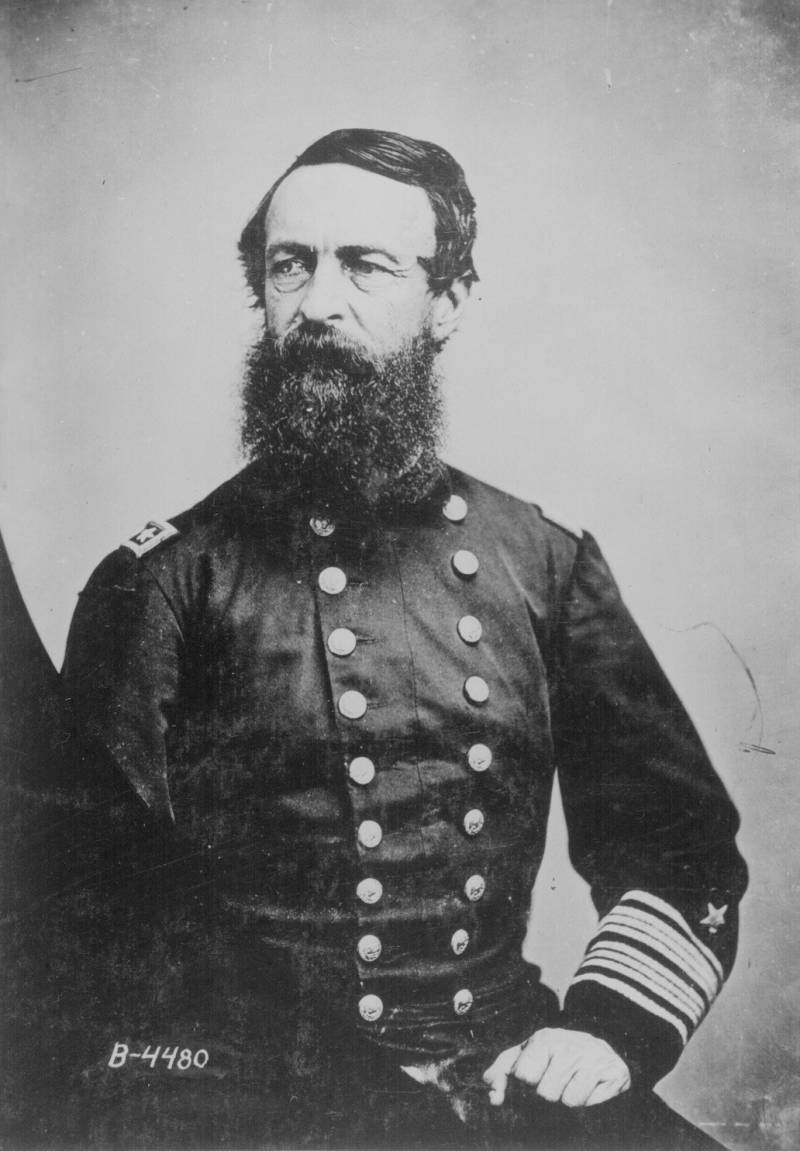
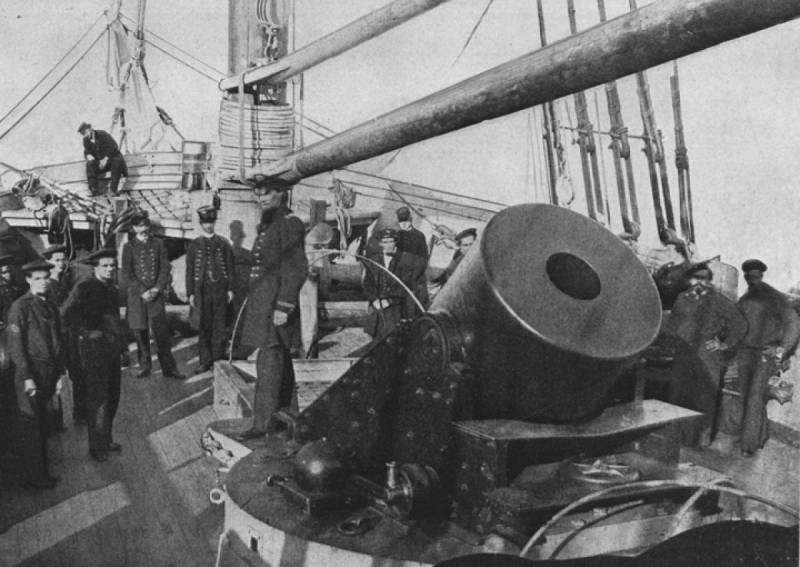
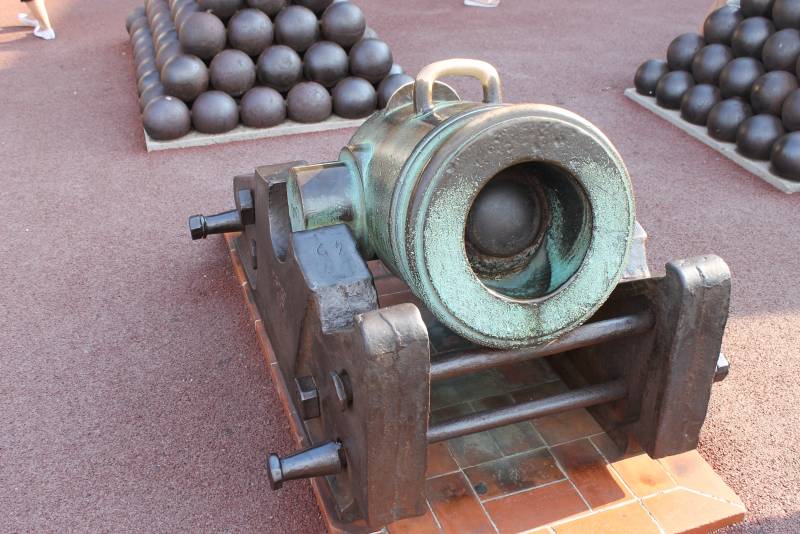
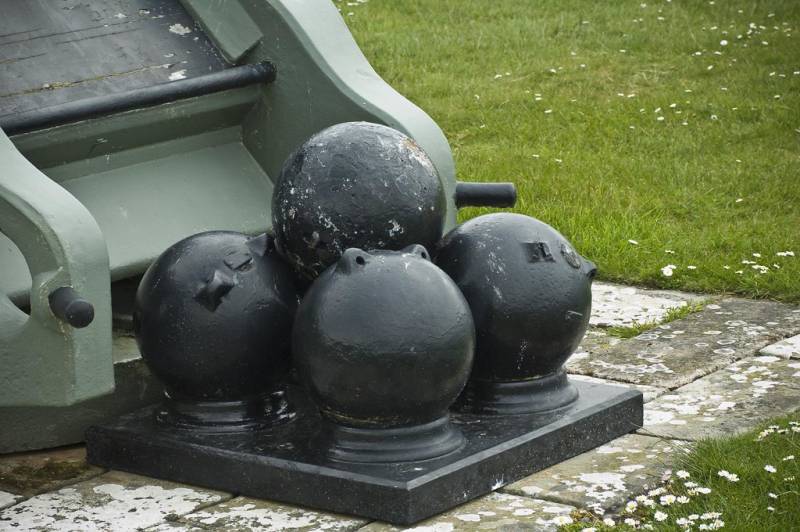
Information